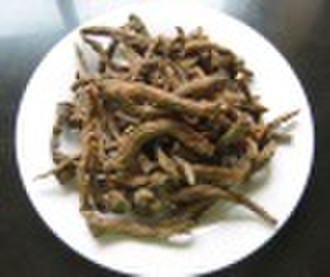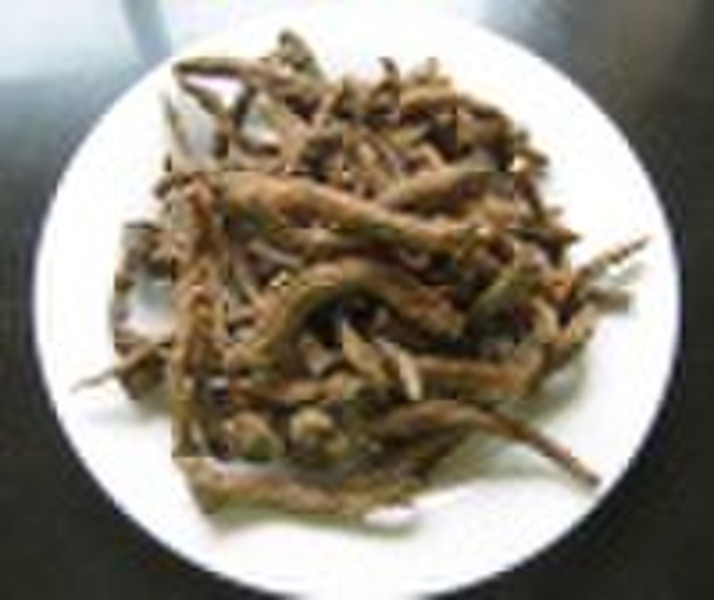Catalog
-
Catalog
- Agriculture
- Apparel
- Automobiles & Motorcycles
- Beauty & Personal Care
- Business Services
- Chemicals
- Construction & Real Estate
- Consumer Electronics
- Electrical Equipment & Supplies
- Electronic Components & Supplies
- Energy
- Environment
- Excess Inventory
- Fashion Accessories
- Food & Beverage
- Furniture
- Gifts & Crafts
- Hardware
- Health & Medical
- Home & Garden
- Home Appliances
- Lights & Lighting
- Luggage, Bags & Cases
- Machinery, Hardware & Tools
- Measurement & Analysis Instruments
- Mechanical Parts & Fabrication Services
- Minerals & Metallurgy
- Office & School Supplies
- Packaging & Printing
- Rubber & Plastics
- Security & Protection
- Service Equipment
- Shoes & Accessories
- Sports & Entertainment
- Telecommunications
- Textiles & Leather Products
- Timepieces, Jewelry, Eyewear
- Tools
- Toys & Hobbies
- Transportation
Filters
Search
Organic Dandelion root
original price: 4,90 USD
China

Cathy Zhang
Contact person
Basic Information
Taraxacum Officinale Weber. Dandelion. A perennial,acaulose herb with milky juice.Leaves basal, in rosette, glabrous, base attenuate, runcinate, pinnatifid,the segments triangular-lanceolate. Scapes hollow,6-30cm.,erect,with 1 solitary floral head. Involucre leaflets entire or denticulate at the tips, provided or not with callosity, the exterior extended or reflected; flowers completely liqular, yellow; April-October. Achene oblong, grayish. The rhizome and root are used medicinally. The drug occurs as a mixture of entire and broken fragments measuring up to 16 cm. in length and 3 cm. in diameter at the crown,texture waxy, color light gray to dark reddish brown, irregularly wrinkled longitudinally. The taste is bittersweet. The drug contains 24% inulin, an essential oil, resinous matter, fatty acids, p-hydroxyphenylacetic acid; taraxasterol, choline, levulin, pectin. An extract of the drug has been reported to stimulate bile flow in rats. The druf has been used in dyspepsia with hepatic torpor; as found in the shops it is usually inert. Employed as stomachic, cholagogue, lactagogue. Dose,10-30 gm. The juice of the fresh plant is applied to snake bites. Food uses, dandelion leaves are added to salads. The dried root and extract are used as tea and coffee substitutes. Food Manufacturing, dandelion plant is a flavoring component for foods as well as beverages. The root, fresh and dried, the young tops. All parts of the plant contain a somewhat bitter, milky juice (latex), but the juice of the root being still more powerful is the part of the plant most used for medicinal purposes. The chief constituents of Dandelion root are Taraxacin, acrystalline, bitter substance, of which the yield varies in roots collected at different seasons, and Taraxacerin, an acrid resin, with Inulin (a sort of sugar which replaces starch in many of the Dandelion family, Compositae), gluten, gum and potash. The root contains no starch, but early in the year contains much uncrystallizable sugar and laevulin, which differs from Inulin in being soluble in cold water. This diminishes in quantity during the summer and becomes Inulin in the autumn. The root may contain as much as 24 per cent. In the fresh root, the Inulin is present in the cell-sap, but in the dry root it occurs as an amorphodus, transparent solid, which is only slightly soluble in cold water, but soluble in hot water.
Delivery terms and packaging
Packaging Detail: bulk,bag,carton Delivery Detail: 20-35 days
Port: main port of China
Payment term
Letter of credit
Telegraphic transfer
-
Payment Methods
We accept:









